
Blog
Blog
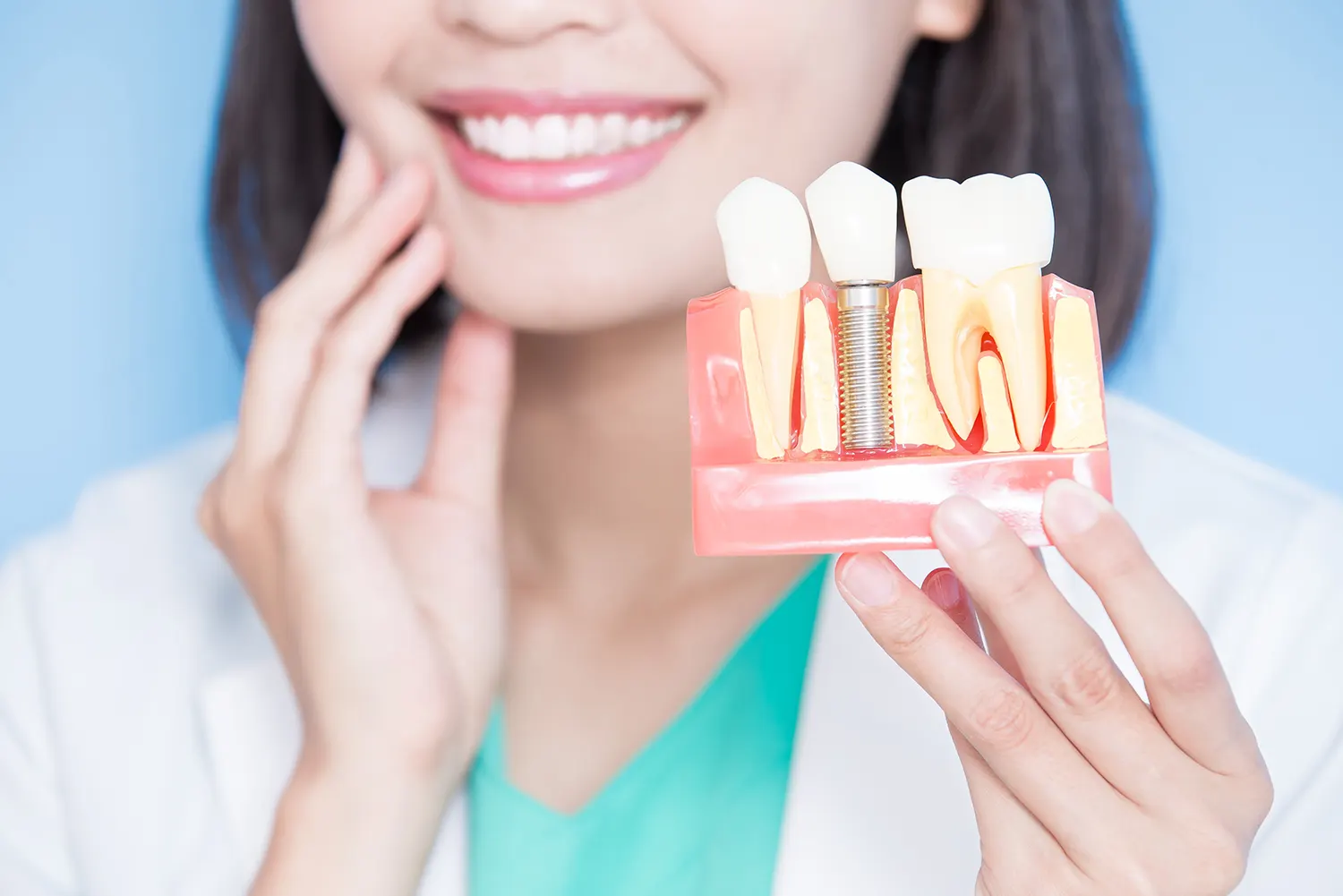
Implant Restoration: Repairing and Maintaining Your Long-Term Tooth Replacement
Dental implants have a typical lifespan of 20-30 years or longer, with some patients keeping them for the rest of their lives.
Read More
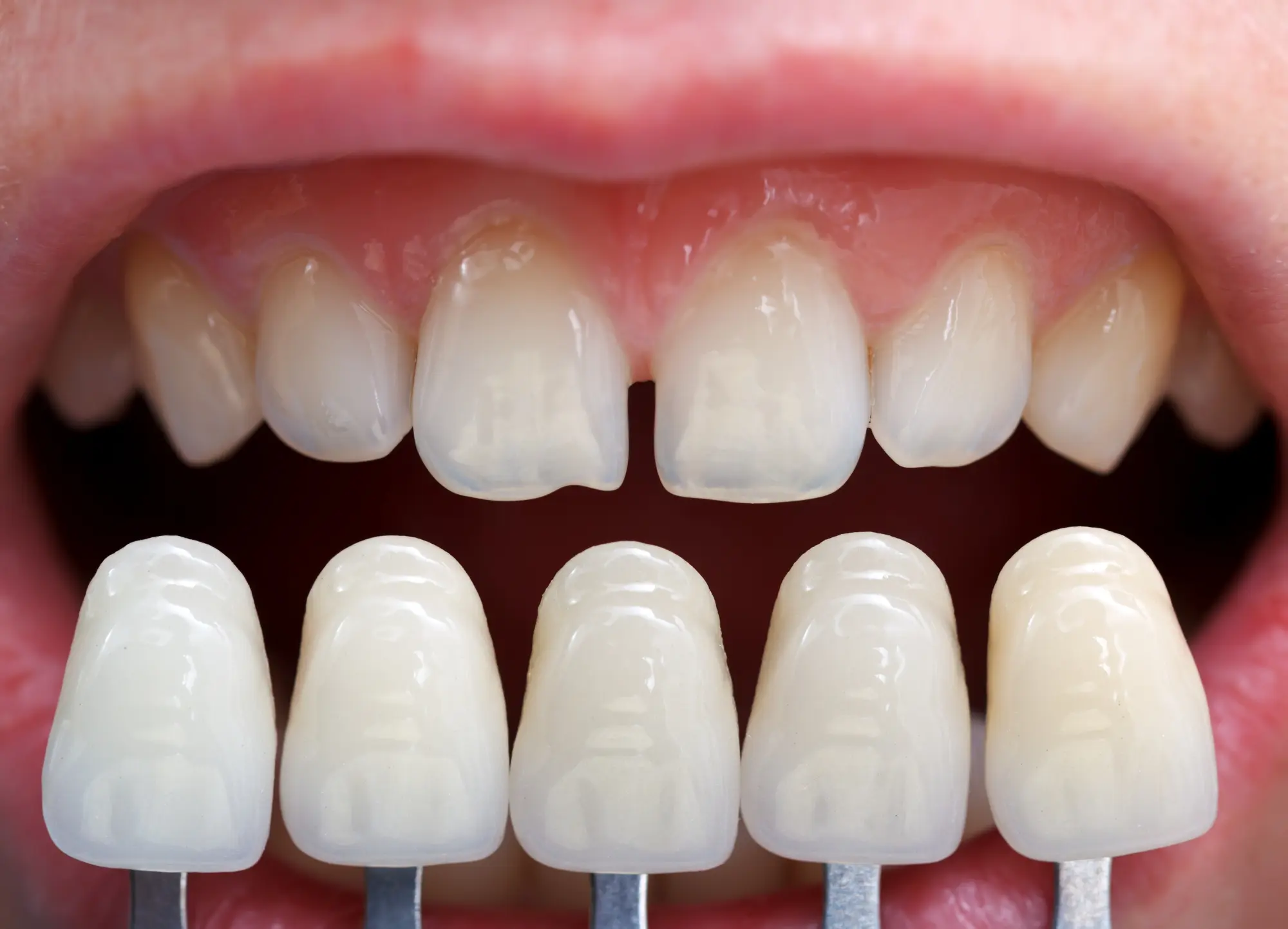
Porcelain Veneers: Designing Your Smile Makeover for Lasting Aesthetic Results
A beautiful smile can have a lasting impact on your confidence, self-image, and even your interactions with others.
Read More
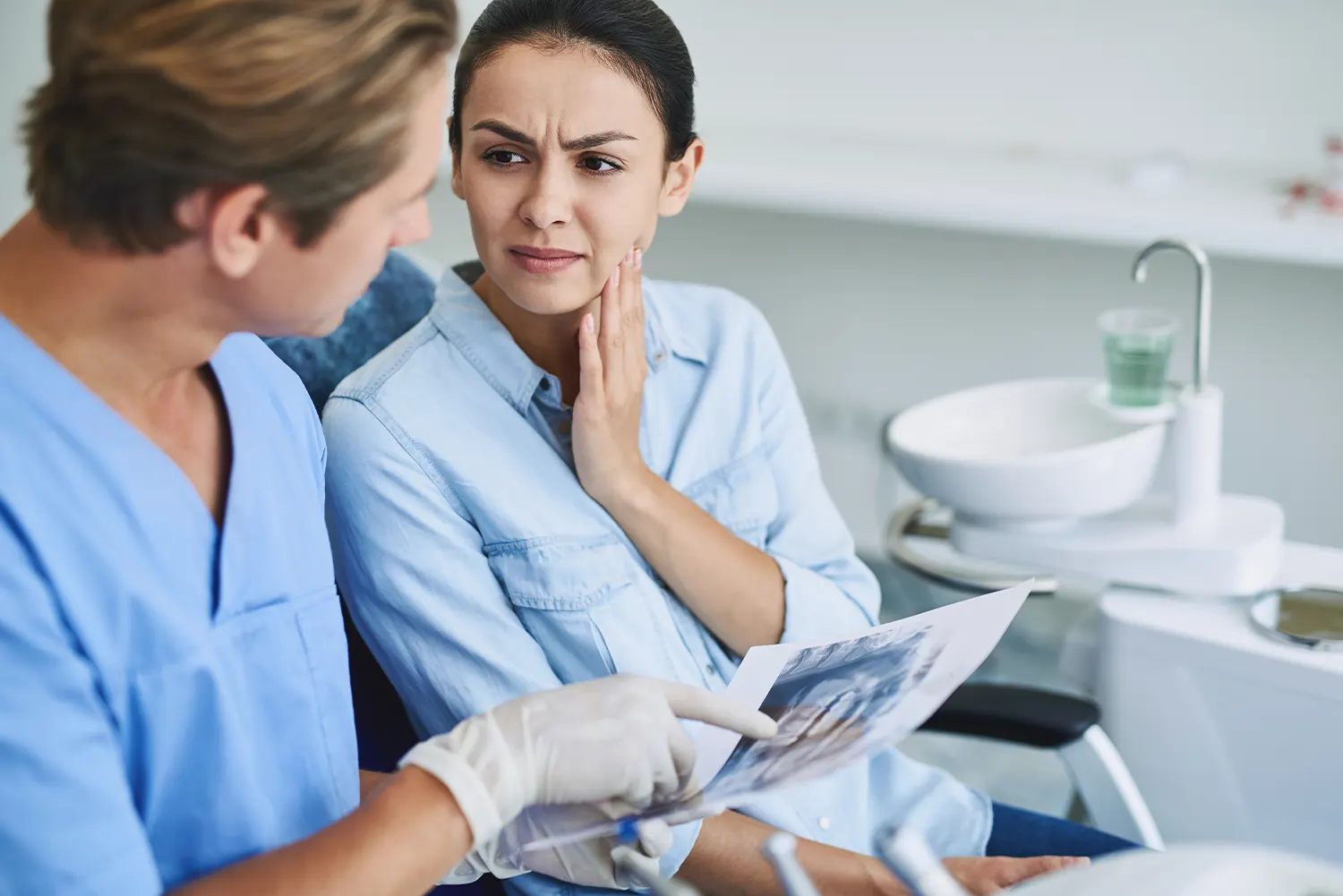
Headaches & Jaw Pain: How Sleep Apnea Treatment Helps TMJ
Chronic headaches, facial tension, and jaw pain can feel like an endless cycle, especially when they disrupt sleep and daily comfort.
Read More
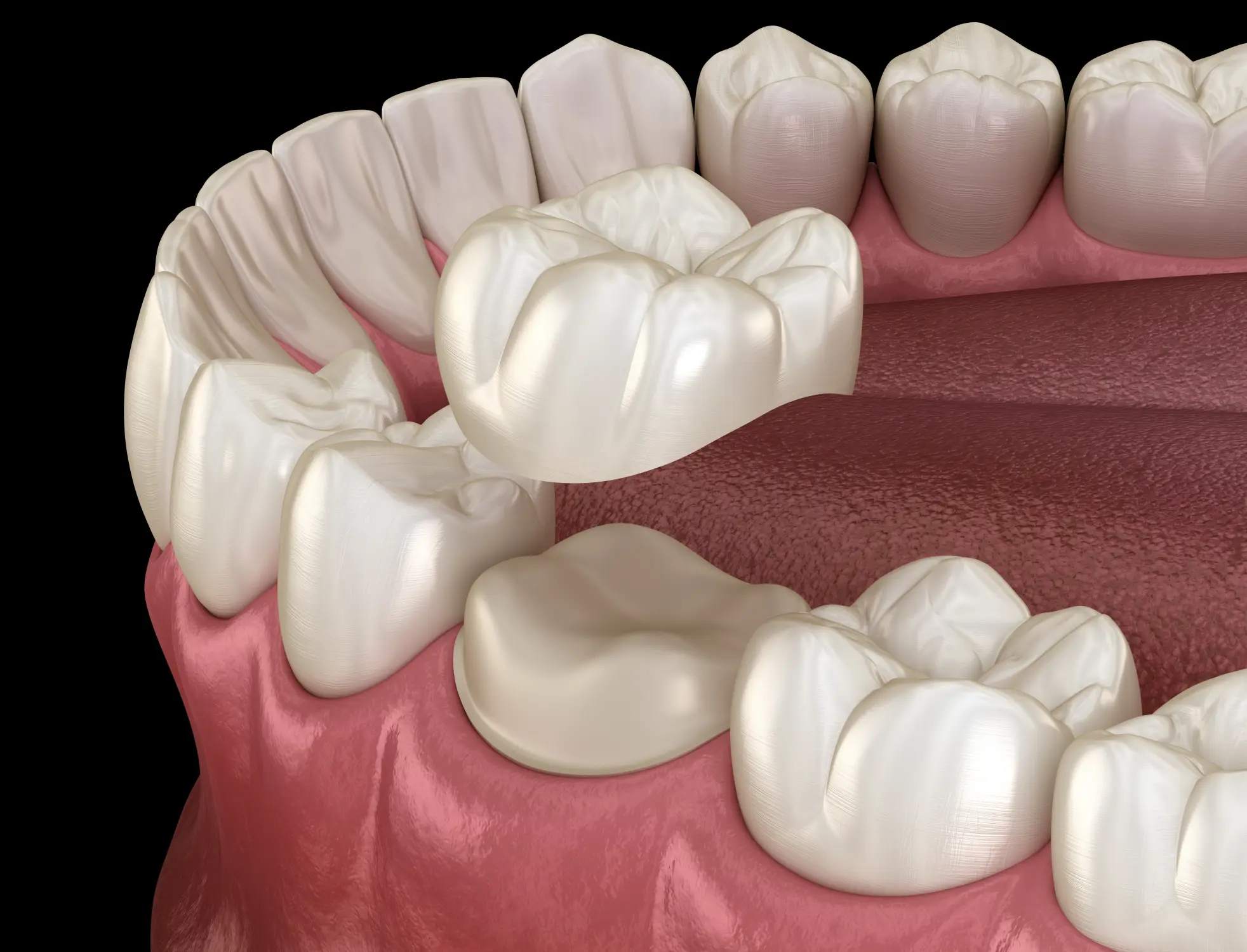
How Long Do Dental Crowns Last? A Guide to Maximizing Your Investment in Raleigh
Investing in dental crowns is a significant decision for many individuals seeking to restore their smiles and improve dental health.
Read More
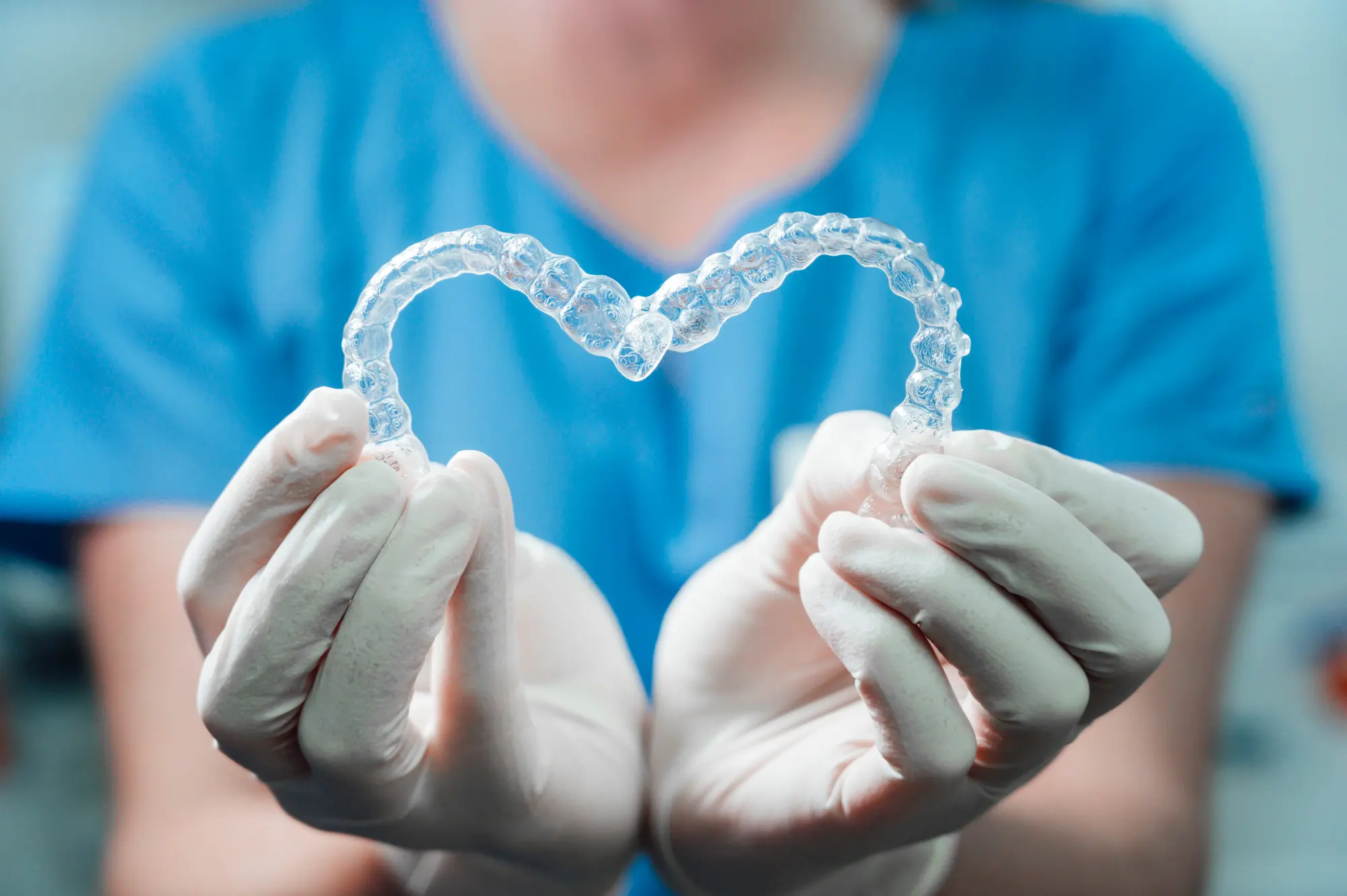
Invisalign Maintenance Tips: Keeping Your Aligners Clean and Effective in Raleigh
Embarking on your Invisalign journey is an exciting step towards achieving the smile you've always dreamed of.
Read More
%206.13.46%E2%80%AFp.m..webp)
Welcome to Earwood Dentistry
Dr. Amy Earwood founded Earwood Dentistry with a passion for delivering patient-focused care. With over 20 years of experience, she combines advanced expertise in cosmetic and restorative dentistry with a warm, compassionate approach that makes every patient feel at home.
Read More

